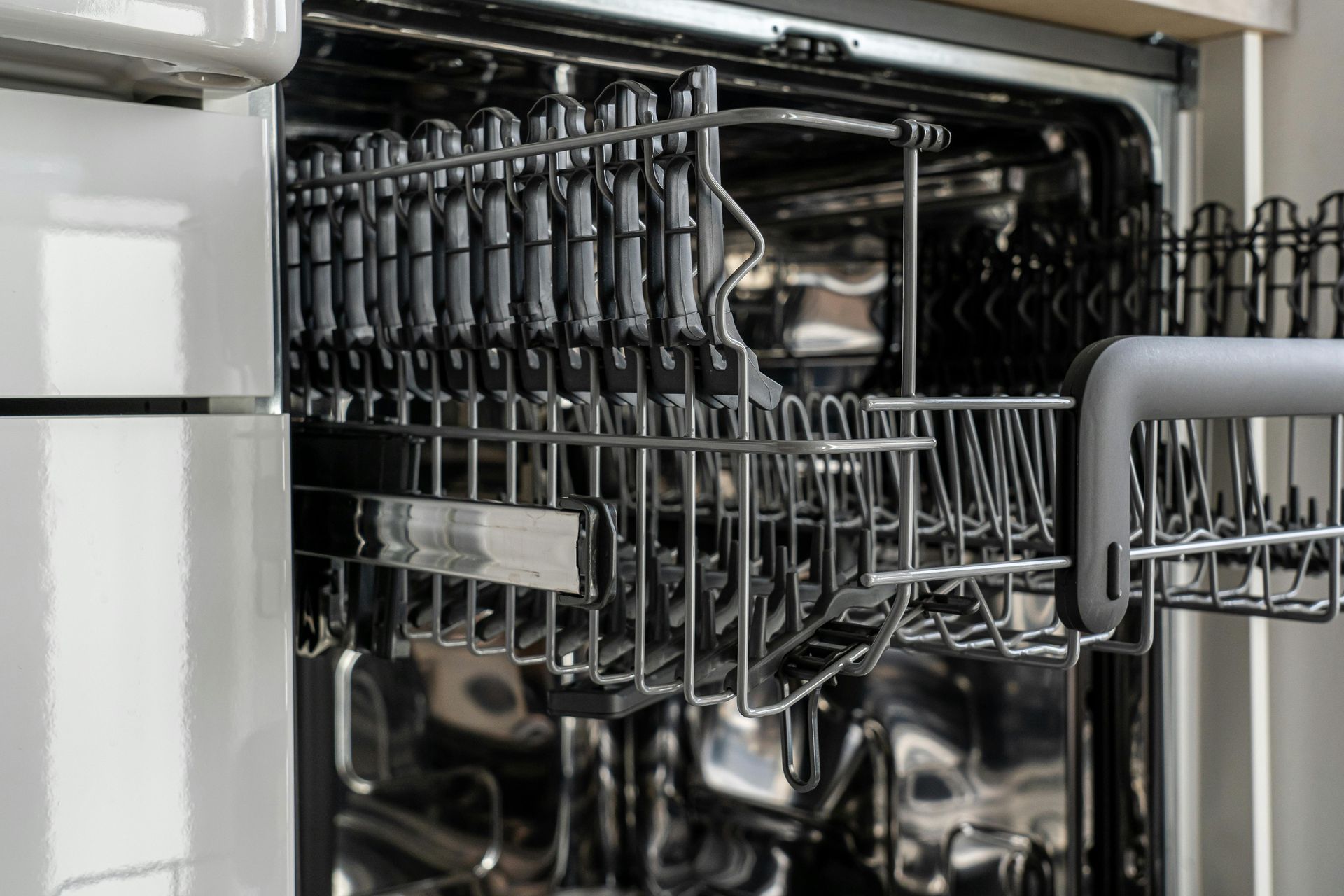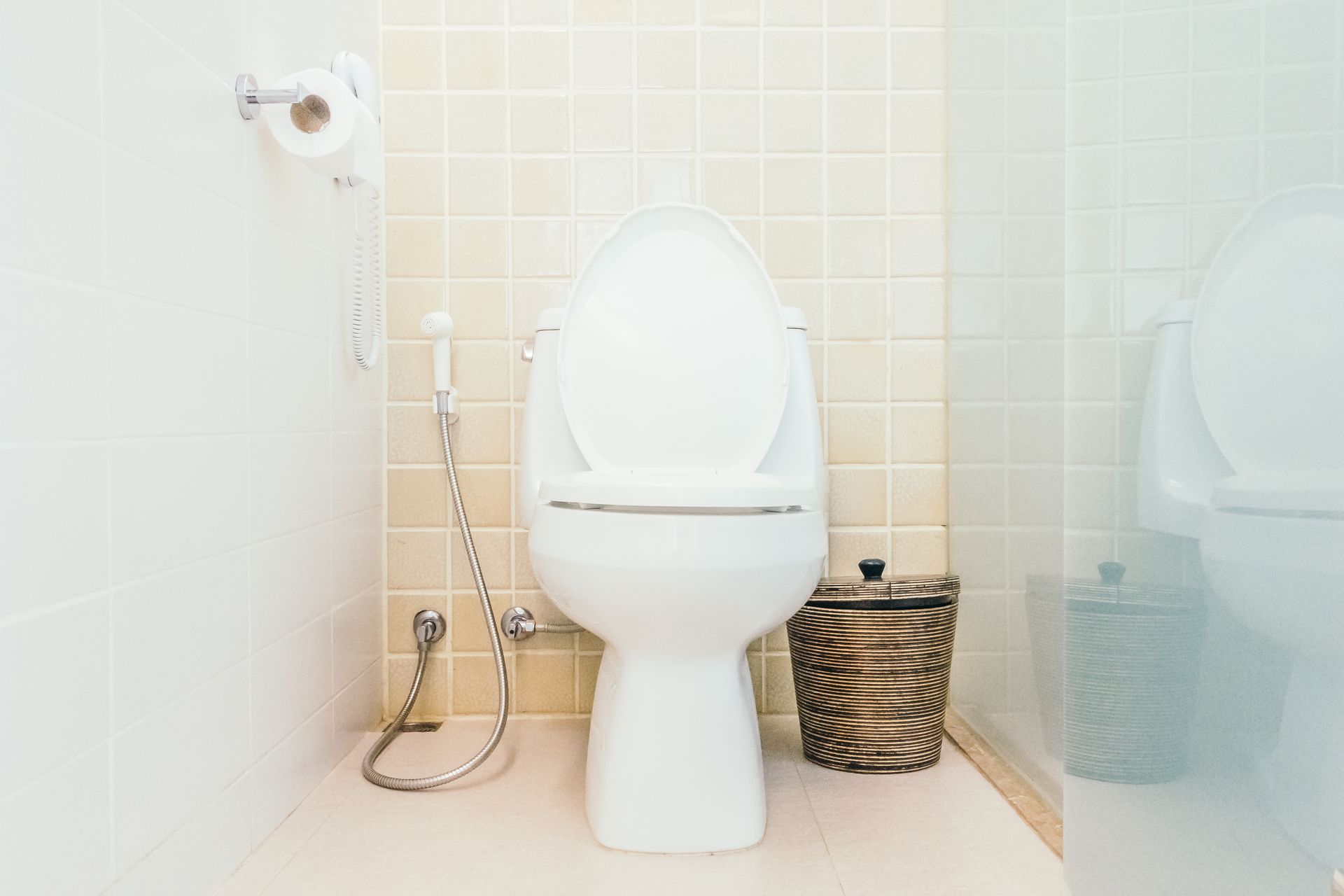Why Is My Sump Pump Running Non-Stop? Causes and Solutions
A sump pump is a crucial component of your home's drainage system, designed to keep your basement or crawlspace dry by removing accumulated water. However, a sump pump that runs continuously can indicate a problem, leading to unnecessary wear, energy consumption, and even potential flooding. Understanding why your sump pump won’t stop running is essential to resolving the issue and preventing long-term damage.
"What to Do If Your Sump Pump Fails During a Storm"
How a Sump Pump Works
A sump pump collects water in a pit (the sump basin) and pumps it away from your property to prevent flooding. Typically, it activates when water reaches a certain level, then turns off after the pit is emptied. Continuous operation suggests that something is disrupting this process.
Causes of a Sump Pump Running Non-Stop
1. Stuck Float Switch
The float switch controls when the pump turns on and off. If the float becomes stuck in the "on" position, the pump will keep running even if the water is gone. Debris, dirt, or improper positioning can often cause this issue.
Solution: Inspect the sump pit for obstructions, clean the float switch, and reposition it to ensure free movement.
2. Faulty Check Valve
The check valve prevents water from flowing back into the sump pit after being pumped out. If it’s broken or missing, water can recirculate, causing the pump to run continuously.
Solution: Replace the check valve with a functional one to ensure water flows only in one direction.
3. Excessive Groundwater
During heavy rains or in areas with a high water table, excessive groundwater can lead to constant inflow into the sump pit, keeping the pump running.
Solution: While you can’t control natural conditions, ensure the drainage system is optimized to handle excess water efficiently.
4. Incorrect Sump Pump Size
An undersized pump may struggle to handle the water load, causing it to run non-stop, while an oversized pump might cycle too frequently. Both situations can wear out the pump prematurely.
Solution: Consult a professional to determine if the pump size matches your home’s drainage needs.
5. Improper Discharge Pipe Setup
A clogged or improperly angled discharge pipe can prevent water from being expelled efficiently, causing backflow and continuous operation.
Solution: Clear any obstructions in the discharge pipe and ensure it’s installed at the correct slope.
6. Malfunctioning Float Switch Mechanism
Beyond getting stuck, the float switch itself can fail, leading to constant operation even without water in the pit.
Solution: Replace the faulty float switch or consider upgrading to a more reliable electronic sensor.
7. Sump Pump Running in Manual Mode
Some sump pumps have a manual override setting that keeps the pump running continuously. If accidentally activated, this could explain the nonstop operation.
Solution: Check your pump’s settings and switch it back to automatic mode.
8. Electrical Issues
Faulty wiring or a malfunctioning control unit can cause the pump to stay on regardless of water levels.
Solution: Have an electrician or plumber inspect the electrical components of your sump pump for repairs.
9. Old or Worn-Out Pump
An aging sump pump may develop mechanical issues, including failure to turn off when it should.
Solution: If your pump is over 7–10 years old, consider replacing it with a newer, more efficient model.
The Risks of a Non-Stop Sump Pump
A continuously running sump pump can lead to:
- Overheating: Prolonged operation can overheat the motor, causing it to fail.
- Increased Energy Bills: Running non-stop can significantly increase electricity costs.
- Premature Wear: Constant use shortens the lifespan of your pump.
- Flooding Risk: A pump that fails due to overuse may leave your home vulnerable to flooding.
How to Fix a Sump Pump Running Non-Stop
If your sump pump runs without stopping, follow these steps:
- Inspect the Pit: Remove debris and ensure the float switch can move freely.
- Check the Check Valve: Ensure it’s functional and replace it if necessary.
- Evaluate the Discharge Line: Look for clogs or improper installation and fix any issues.
- Examine the Float Switch: Replace if stuck or malfunctioning.
- Seek Professional Help: If troubleshooting doesn’t resolve the issue, contact a plumber or sump pump specialist for a detailed inspection.
Preventing Future Issues with Your Sump Pump
- Regular Maintenance: Schedule routine checks to clean and inspect your sump pump.
- Install a Backup System: Use a battery-powered or water-powered backup pump to handle emergencies.
- Upgrade the Pump: Invest in a high-quality sump pump suited to your home’s needs.
- Test Periodically: Test your sump pump by pouring water into the pit to ensure proper operation.
Conclusion
A sump pump running non-stop is more than a minor inconvenience; it’s a sign of underlying problems that can lead to costly repairs or flooding if left unaddressed. By understanding the potential causes and solutions, you can take timely action to protect your home. Regular maintenance and professional assistance from trusted experts, like All City Plumbers can ensure your sump pump stays in peak condition, safeguarding your property year-round.











